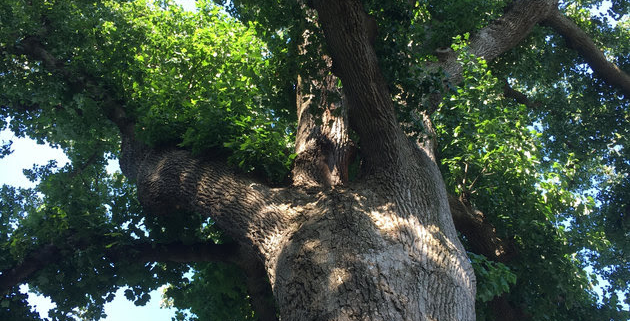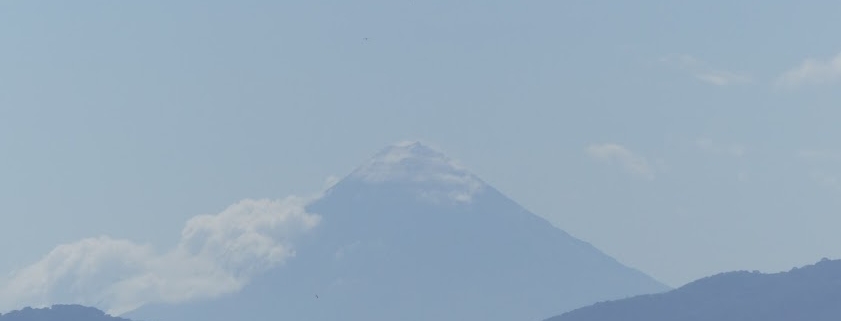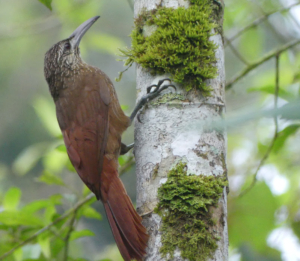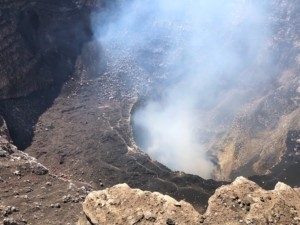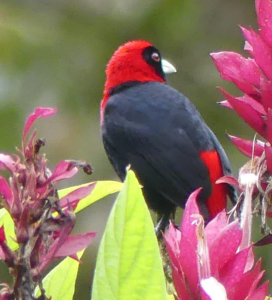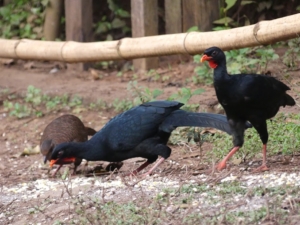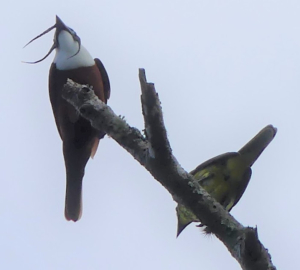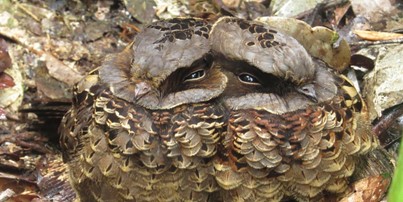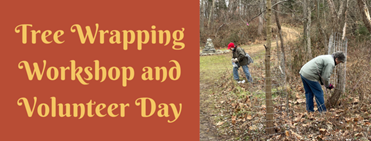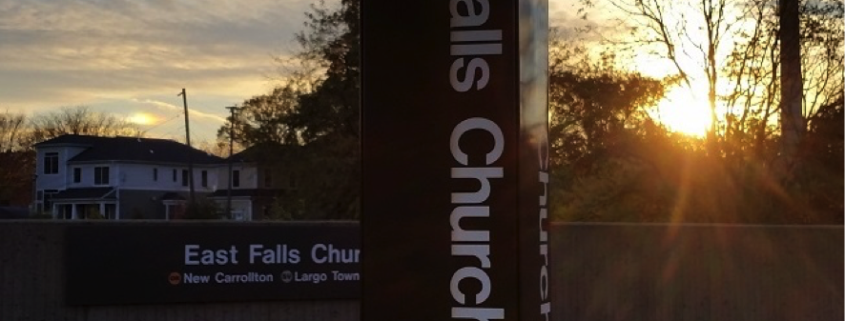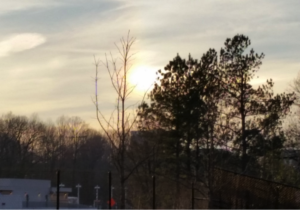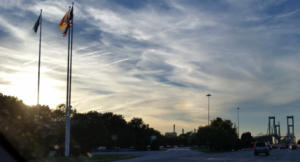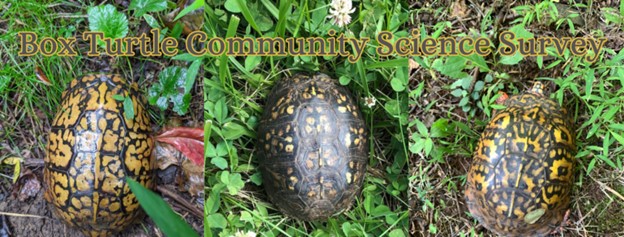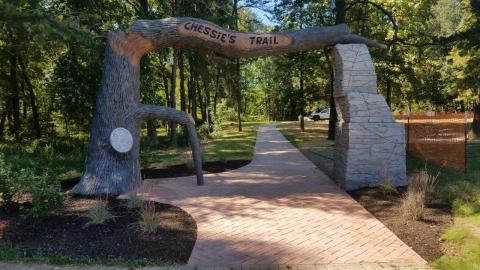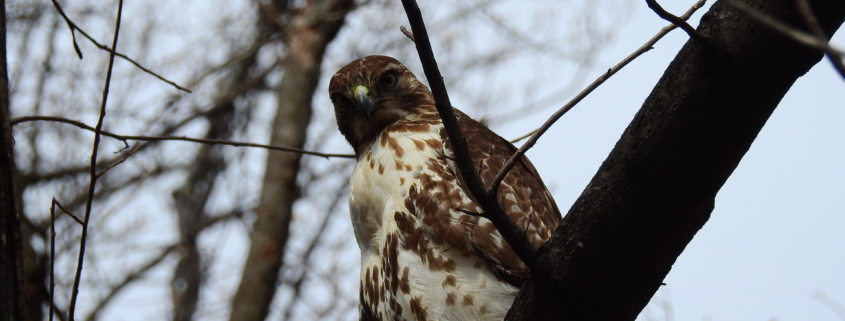Do You Have Room for a Shade Tree?
Article and photo by Plant NOVA Natives
If your yard sits in the blazing sun in the summer, it may have already occurred to you that a native shade tree would benefit you tremendously. But even if your yard is already graced by one or more mature tree, you should give some serious thought as to whether it is time to start the next generation. Trees in natural areas can live many hundreds of years, but urban and suburban conditions present stresses that may cause premature decline, a problem that can be seen in many of our older neighborhoods. If you wait until a tree dies, it will be a long time before a seedling can grow to full size. Very likely, the time to plant a replacement is now.
There is an unfortunate tendency to replace tall canopy trees with short ornamentals. This does a disservice to the people who will come after us and who will have to contend with even hotter summers and more torrential downpours than we have now. The larger a tree’s canopy, the more benefits it provides in terms of cooling the environment and controlling stormwater, not to mention sequestering carbon, sheltering birds and other critters, and providing food for the caterpillars that are needed to feed baby birds (which only native trees support in noticeable quantities.)
Shorter native trees and shrubs are appropriate for many situations, such as under a power line or in a small yard. There are specific recommendations on the Plant NOVA Trees website about how far from obstacles to plant your trees and how large a soil area to allow. The roots of trees can overlap, though, so you can plant them as close as fifteen feet apart and within five feet of shrubs.
Trees produce shade, but most canopy trees cannot grow in the shade. (The understory is the space where shorter native trees such as Flowering Dogwood and Redbuds thrive.) It is easy to overestimate the available sun. The number of hours of direct sun per day should be measured when the nearby trees have already leafed out. Good choices for planting under existing shade trees include oaks, American Holly and Black Gum, which will grow slowly but steadily in those conditions then rapidly take off if the overstory lightens up in the future. Native oaks hold the place of honor as the most valuable of trees – the reasons for this are outlined in Doug Tallamy’s most recent book The Nature of Oaks – but any native tree provides major ecological benefits.
There is deep gratification to be had from planting and nurturing a little native tree, even if we ourselves may not be around later to sit under it. It is a simple act, easily accomplished. To find out how easily, see the Plant NOVA Trees website.


